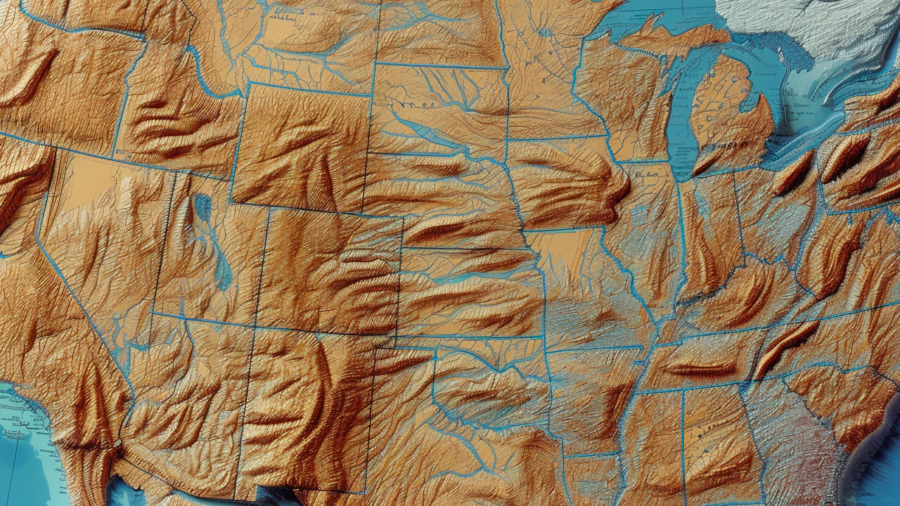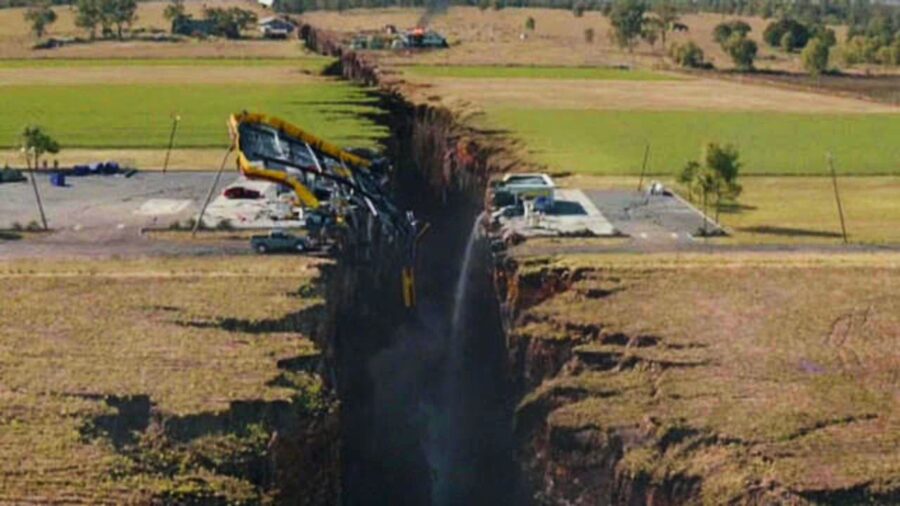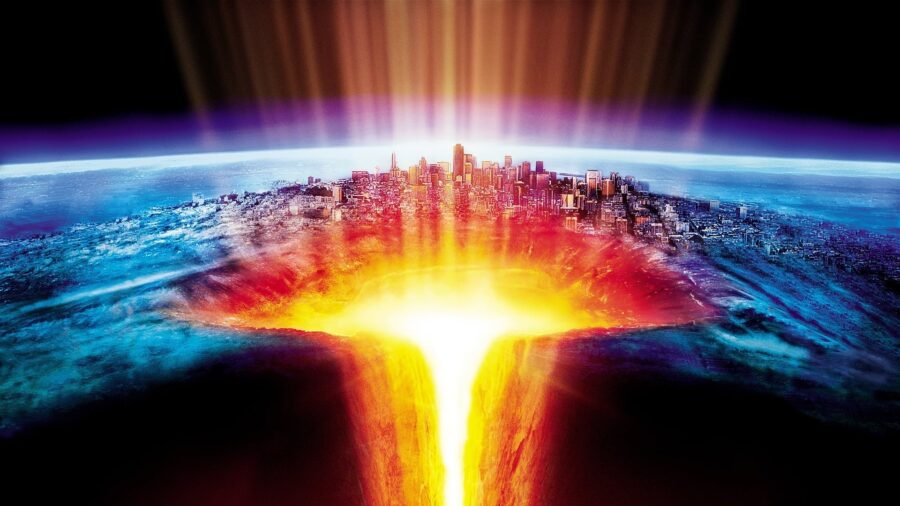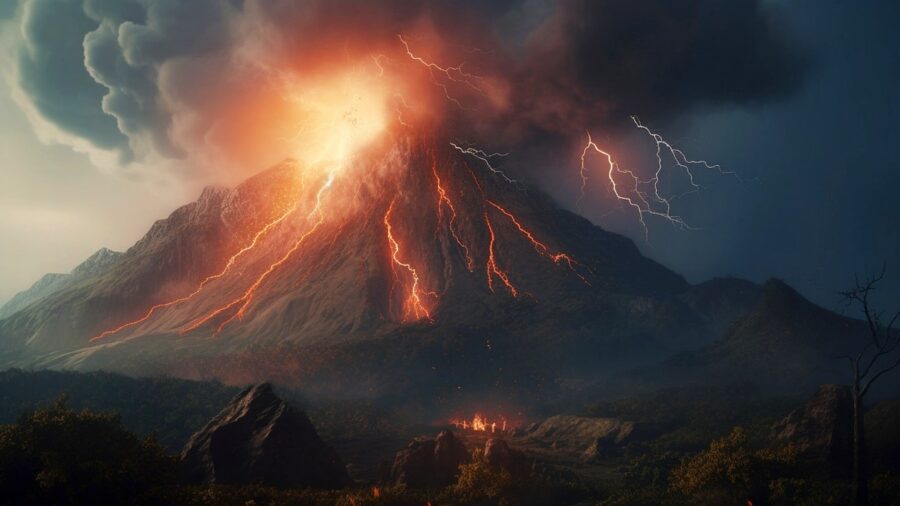Continents Rising From Hidden Forces Discovered By Scientists

Geologists have long known that large vertical protrusions of rock called escarpments exist at the edges of large continental rifts. One notable example of this phenomenon is the towering rock formations that encircle South Africa. The stickier question has always been why the continents seem to be rising in areas far from continental rifts, where the Earth’s mantle is considered stable.
Continental Rifts

Scientists at the University of Southampton think they may have unlocked this geological mystery with a theory of tectonic waves that can cause even the inner parts of continents to rise when powerful rifts open. The rise of stable areas on continents, known as cratons, is the most perplexing aspect of tectonic plate physics. The Southampton researchers posit that slow-moving, wavelike forces deep beneath the Earth’s crust are responsible for vertical continental movement.
Studying The Geological History Of Our Planet

Researchers utilized a statistical model that tracks the movement of the Earth’s surface over time to study how the continents react to rifts over the millennia. The data suggests that slow-moving “waves” in the Earth’s mantle move out from tectonic rifts between the continents at a pace of about 15 to 20 kilometers per million years, with the surface of the corresponding Earth’s crust rising over time. This rise creates inner escarpments and plateaus on stable continents outside the rift zone.
Movements So Slow Human’s Can’t Track Them

The amazing part of this theory is that the phenomenon of large areas of stable continents rising is attributed to a hot air balloon-like process, where rock is removed from the underlying mantle by the wave-like weight being discharged from a hot air balloon. The lighter areas on the crust then rise and erode in the patterns seen on Earth’s surface in the formations of escarpments and plateaus. These shifts form over such a long period of time that they can’t be observed in real-time by humans, but the trajectory of the movements can be calculated using statistical data.
The Earth’s Core At Work

The study focuses on the ancient continent of Gondwana, modern-day Africa, South America, Australia, Madagascar, Arabia, Antarctica, and India, where a continental rift formed the great escarpments around South Africa as well as the central plateau of Ethiopia. These formations were thrust upward from the Earth’s core relatively suddenly in geological terms, creating a stark disparity between them and the surrounding terrain. The removal of deep mantle material that causes areas of the stable continents to lighten and begin rising is known as isostasy.
A Million Year Mystery

Rock that is thrust upward near continental rifts erodes more quickly than land within stable continents. Because of this, the escarpments retreat from the edges of the rift, leaving sheer cliff faces and sometimes large, flat plateaus visible. Scientists posited that a similar force was also at work on inland formations in the continents, but until now, there was little understanding of how the rock was rising.
Using their statistical model, geologists discovered that continental rifts could cause a wave of surface erosion that lasts for tens of millions of years, further lightening the area and forming plateaus as the land continues to rise. The mystery of what is causing huge rock formations on the continents to continue rising for millions of years has been resolved by researchers at Southampton. The findings are an upset in geodynamic science, which formerly considered stable areas of the continent to be relatively constant.
Source: Nature












